Here’s how Alaska’s Thai community serves signature dishes during the coldest winter months.
If you’ve been to Alaska or even the Pacific Northwest, you’ve likely seen drive-thru coffee huts the size of U-Haul box trucks in many strip mall parking lots. They’ve been a presence for decades in Alaskan cities as far south as Ketchikan and as large as Anchorage. But in Fairbanks, coffee is not the only thing you can grab on the go without having to do anything more than roll down your window and pay.
With average monthly high winter temperatures of below 0 degrees Fahrenheit, Fairbanks is America’s coldest (and darkest) city. In this frigid climate, Thai restaurateurs have found ways to accommodate hungry Alaskans who don’t want to get out of their cars more than absolutely necessary during months of below freezing temperatures. As a result, popular noodle dishes like pad Thai and soups like tom yum are rarely more than a few miles away if you live in the greater Fairbanks area.
Here’s how it all started.
Coffee huts have been a thing in Fairbanks for at least a half-century and are a common presence in Alaska and as far south as Washington state. They tend to be slightly larger than a typical backyard shed, and customers pay and receive goods from the same window. You’ll rarely see more than two people working inside. Unlike larger drive-throughs like Starbucks, these coffee huts tend to be much smaller, independently owned, and run by an owner/operator. While you might find a picnic table outside these businesses during warmer months, the goal is to serve hot caffeinated drinks while keeping patrons in the car during winter. Over the past 15 years, a handful of Thai restaurateurs have decided to take advantage of the fact that people prefer to stay in their cars when being exposed to the often below-freezing weather.
Top Picks for You
Recommended Fodor’s Video
It All Started in 1989
Thai food came to Fairbanks in 1989 when the restaurant Thai House opened south of the Chena River, which serves as the northern border of downtown. Prior to that, foodwise, Fairbanks was mostly known for delicious Alaskan seafood and local specialties, like reindeer sausage. Thanks to Thai standards like gai yang (barbeque chicken), tom yum goong (hot and sour soup with shrimp), and Thailand’s signature dish, pad Thai, Thai House became a hit with the locals, paving the way for several restaurants to follow in the coming decades. And it’s worth noting that you can still find a full dining room at Thai House, especially on summer evenings.
Lemongrass Thai Restaurant founder Terapong “Tutu” Navachai moved to Fairbanks with Thai House founder Charlie after a brief stint in San Francisco. The two come from the same northern Thai town of Lamphun. According to Tutu’s son Natt, who runs Lemongrass, the Thai food huts sprang up after the coffee huts.
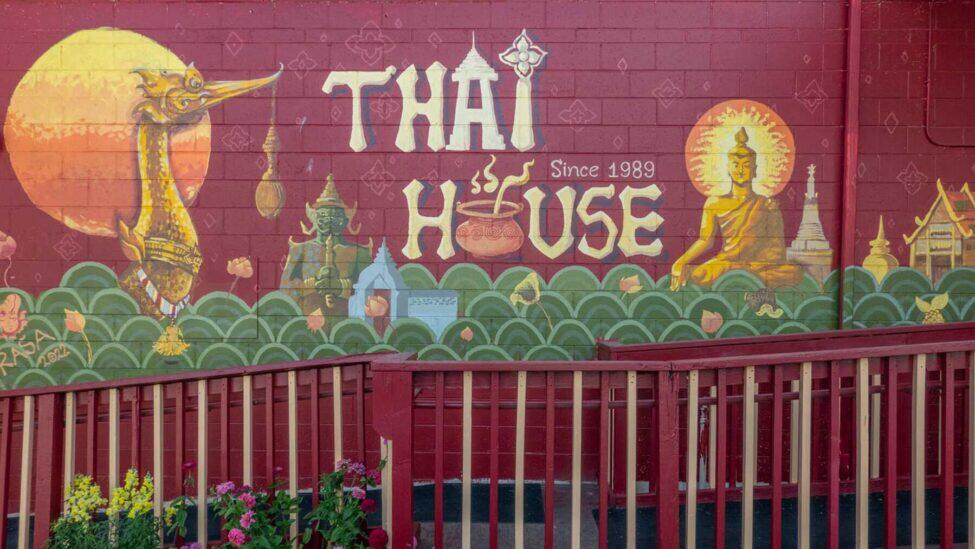
Thailand is known for its hot, humid weather and beaches that you can visit any time of the year. On the contrary, Fairbanks is known for its long, sunny summer days and equally short, dark days of winter. While Fairbanks may seem like an odd place for Thai people to settle, the demand for Thai food in the area has become lucrative. No other international cuisine has such a presence in the city. There are currently more than a dozen restaurants and Thai food huts in the greater Fairbanks area. And while the former still outnumber the latter, the huts are catching up, with at least a half dozen scattered throughout the city.
Simply Thai was the first permanent hut, and it’s still a popular spot between downtown and Fairbanks International Airport. This is an ideal food stop coming from or going to FAI. Nakhon Sawan native Ratchanee “Neena” Munmoha started this bedroom-sized yellow hut in 2009 after working at Bahn Thai, one of the first Thai restaurants to open in Fairbanks. According to Neena, the upfront costs paled in comparison to what’s involved in opening a full-service restaurant with staff, toilet facilities, dining rooms, etc. The lower costs and lack of employees associated with running a hut make it easier for her to visit Thailand every year and have time to herself in Fairbanks.
Many of the people running the Thai restaurants and food huts in Fairbanks started at Thai House or Bahn Thai, which opened after the former. Another example is The Bangkok Thai Food owner and Thai city of Hat Yai native Joy Gryska, who worked at Thai House for nearly two decades before opening her own hut next to the Tanana Valley Farmers Market. With one window on each side, Joy’s red hut is one of the larger ones, with room for an additional cashier and cook. She’s also able to move back and forth between roles as needed. Her menu is one of the few to include a regional dish not easily found on most Thai menus. On Saturdays only, she serves Gai Tod Hat Yai, which is a crispy fried chicken dish from her native Hat Yai.
Funglada Pungfeung, who goes by Linda, opened Thai Orchid in 2014. The purple and yellow hut sits on the edge of a parking lot on a road lined with strip malls and auto shops. The Phitsanulok native moved to Fairbanks in 1998 and worked as a server in different Thai restaurants before opening her own hut. When asked what her most popular item is, Linda definitively notes that it is Pad Thai. This is a common answer and the same one you’ll get from Simply Thai. Fairbank’s residents can enjoy Linda’s Pad Thai sauce recipe that was passed down from her grandmother.
Getting Down to Business
The Thai food huts in Fairbanks are spread out, just like the 32-square-mile city itself. The Bangkok, Thai Orchid, and Sam’s Thai Food are all north of the Chena River. Located more than 12 miles from downtown on the same lot as the cabin where the Lao-born owner lives, a dirt road leads to the hut painted red, green, and yellow, just like three of Thailand’s most popular curries. Each menu item is portrayed on a faded 8×11 photo taped to the wall. All three huts have limited outdoor seating during the warmer months.
While the huts tend to have more basic menus of recognizable items, full-service restaurants like Lemongrass tend to choose Alaska fusion over no-compromise authentic Thai. For example, the fish and seafood that draw many visitors to Alaska are omnipresent on his menu, with items like Sockeye Salmon Larb, Halibut Ginger, and Alaskan Curried Crab. While these dishes may sound like ones served at a fine dining restaurant, that’s not really the vibe in Fairbanks, at least among Thai restaurants. With the exception of seasonal seafood specials, menu items tend to be under $30.
It wasn’t always easy to have extensive menus of Thai favorites. According to Natt Navachai, access to ingredients has improved greatly since he first arrived in 1996. There’s the Filipino-owned Asian Food Market, where he’s able to get ingredients that were not as widely available in the 90s. There’s also the Korean-owned Seoul Grocery and Oriental Market Fairbanks.
One Thai hut owner claims to have spent only $35,000 to open pre-COVID. Basic estimates on how much it would cost to open one in 2024 range between $50,000 and $100,000. But this is still less than the cost of opening a full-service restaurant. According to Andy Gryska, husband and business partner of Joy Gryska, it really depends on how elaborate the hut is. The Bangkok certainly looks the most modern with its immaculate paint job as well as professionally designed menu and logo. The lack of a full kitchen and service staff means that daily operating expenses are a fraction of those of a traditional restaurant. However, heating costs and freezing pipes are a constant concern in winter.
According to Gryska, “The building is well insulated, and for heating, we use a small thermostat controlled propane heater that has a fan (like a forced air furnace without ductwork).” Linda Pungfeung says of the most extreme cold, “It’s very difficult opening at below -40F since we are getting low-pressure propane.” The Thai Orchid owner and chef says that despite precautions, pipes do freeze, and places have to close unexpectedly. Andy Gryska says that a small heat exchanger added to the ducting would be ideal. But that’s expensive, and he and Joy do not have one yet.
The Thailand-Alaska Connection
If you have this image of Thai food hut owners in Fairbanks working seven days a week when it’s negative 40 degrees out, it’s not quite that extreme. Most hut and restaurant owners take at least a few weeks off between December and March. In fact, some end up going back to the same Thai cities at the same time and meeting up during their vacations. For example, Simply Thai owner Ratchanee “Neena” Munmoha meets up with Joy and her husband Andy from The Bangkok in the southern Thai province of Songkhla when Fairbanks is experiencing its darkest and coldest days of the year. And this is true of many Fairbanks residents with the means to travel. Thailand has become the go-to winter getaway for those in the food business and their customers, who enjoy seeing where their favorite cooks and servers came from.
Jerry Evans has been the Public Relations Manager at Explore Fairbanks for the past nine years. As a lifelong resident, he remembers when there was no Thai food in Fairbanks. He has been to Thailand twice and is so attached to what’s available in his hometown that he tends to forgo Thai cuisine when traveling to the Lower 48. Evans proclaims, “I always save Thai food for Fairbanks—or Thailand itself.”
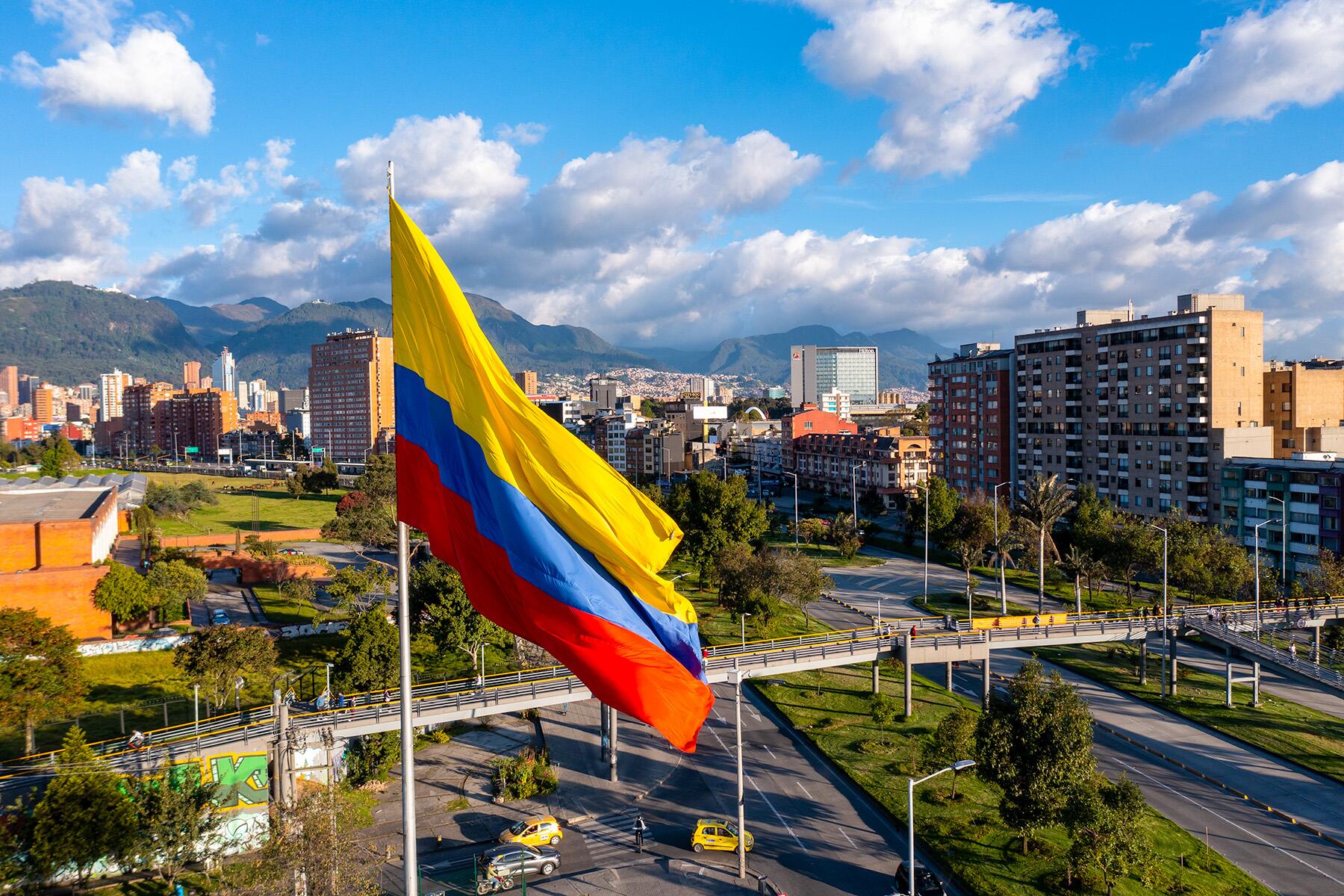
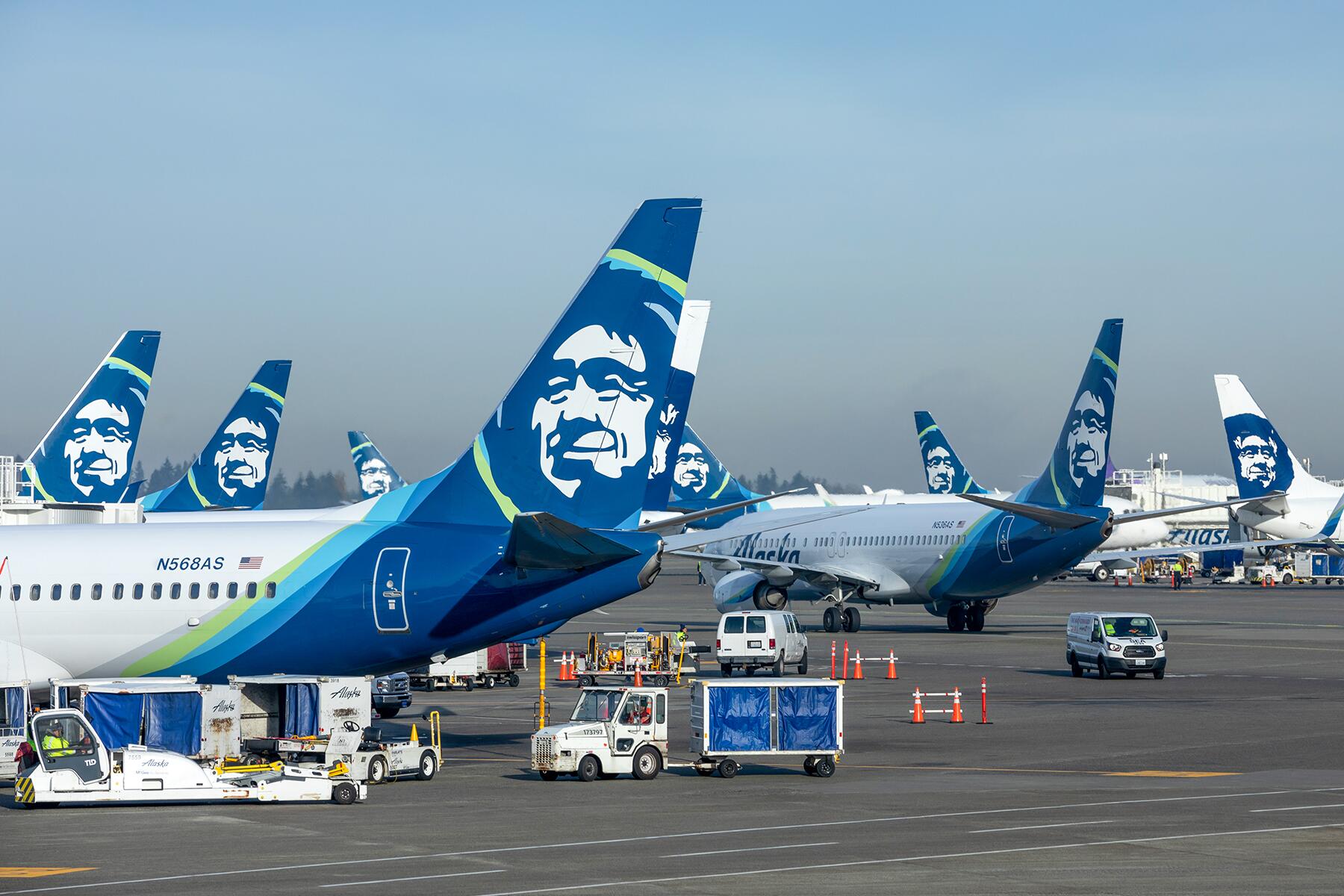



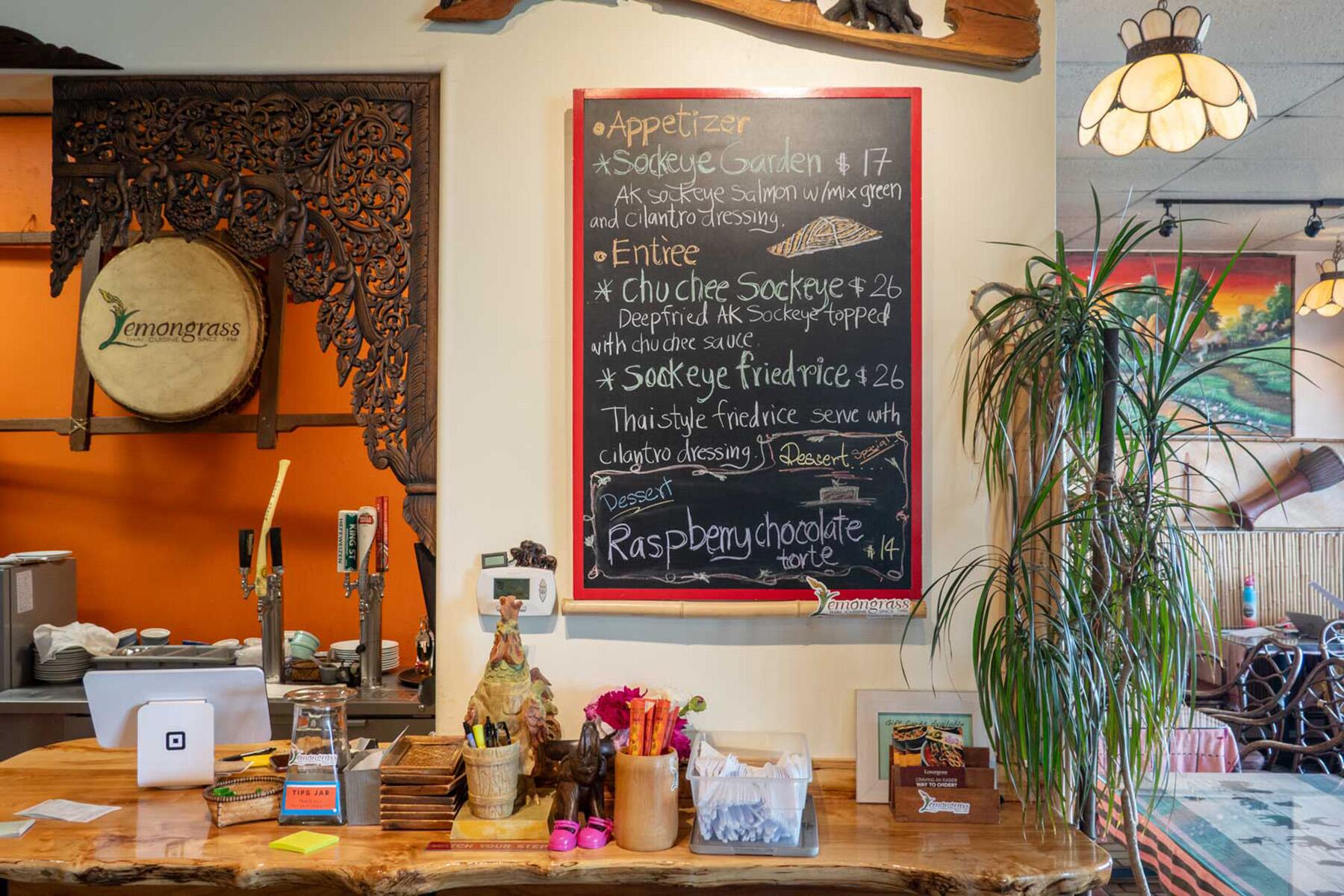
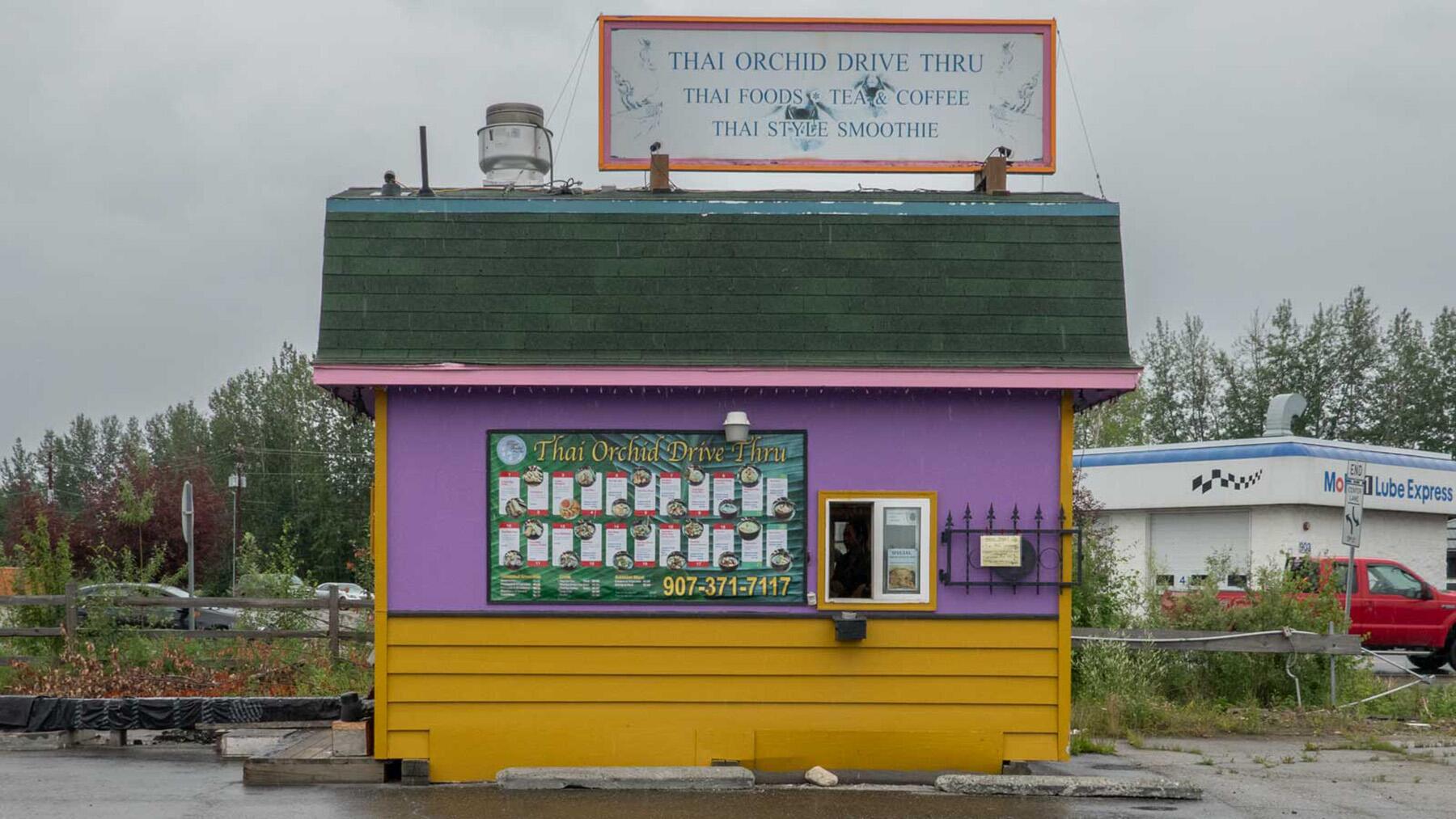
you can develop a website to maintain your image and the web composition. try this at https://urated.com/